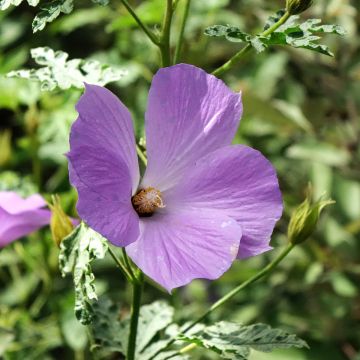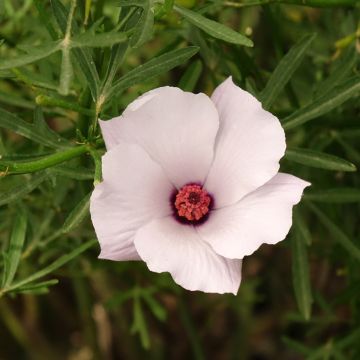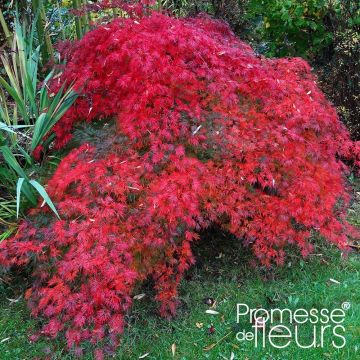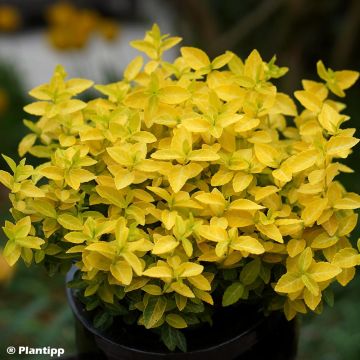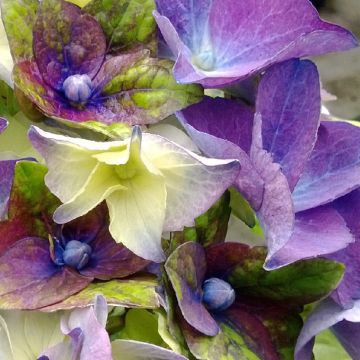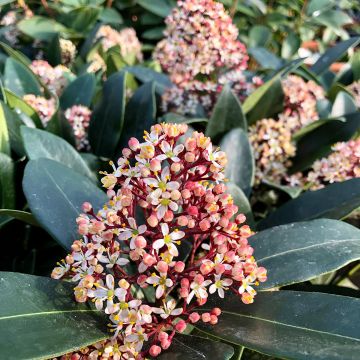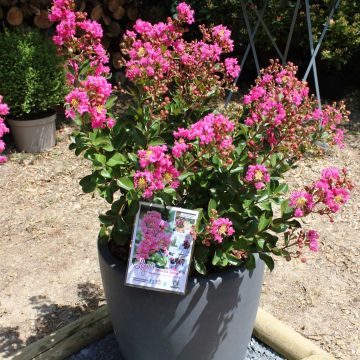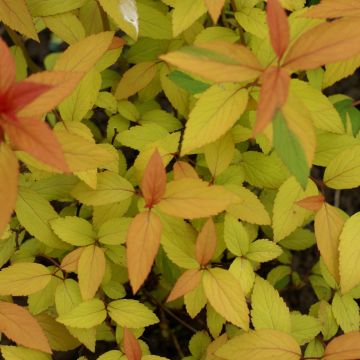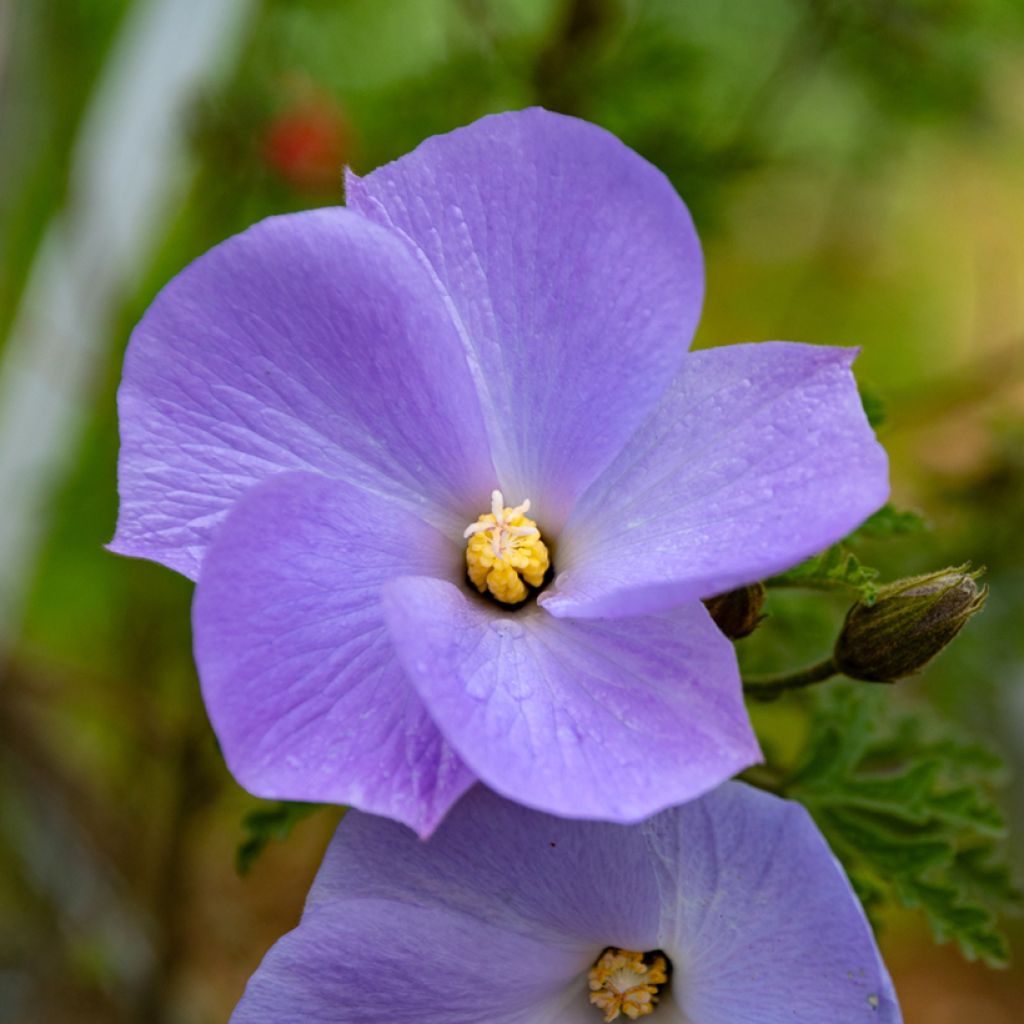

Alyogyne huegelii
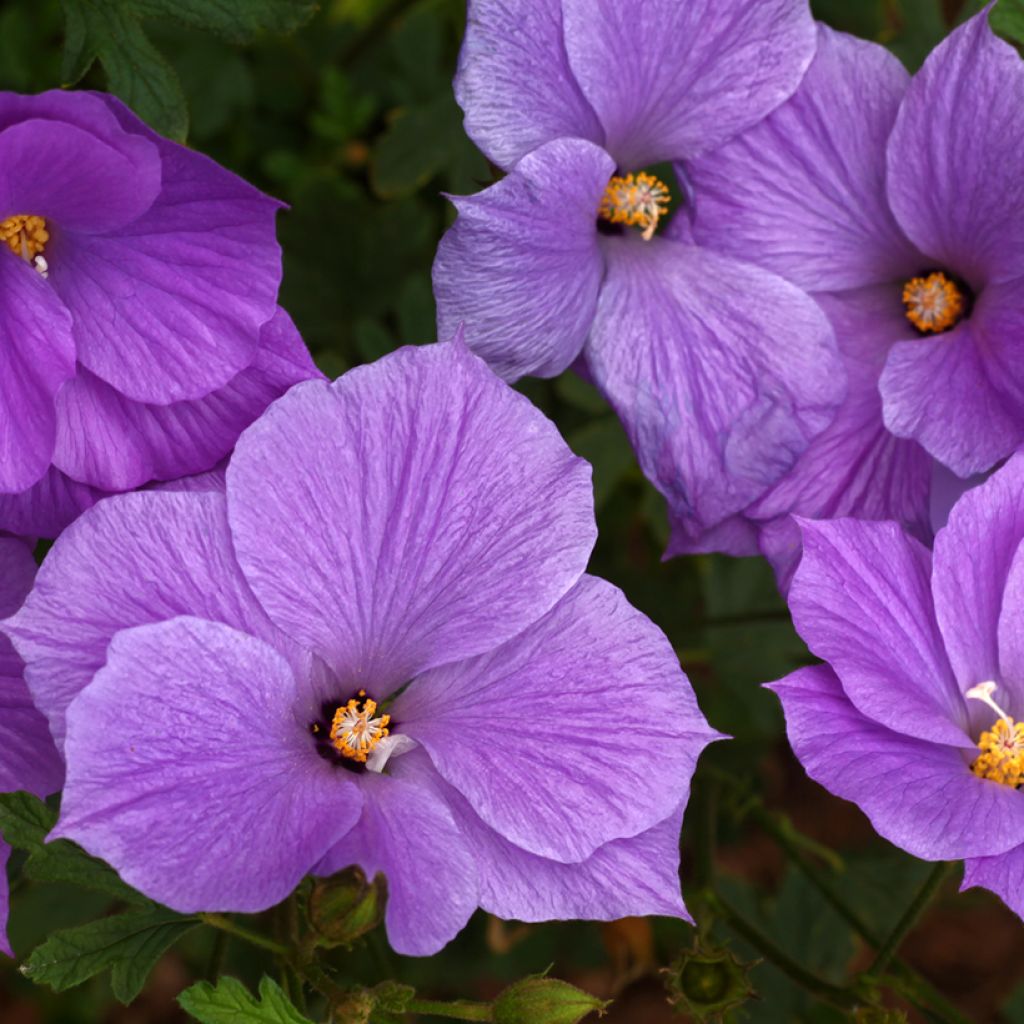

Alyogyne huegelii
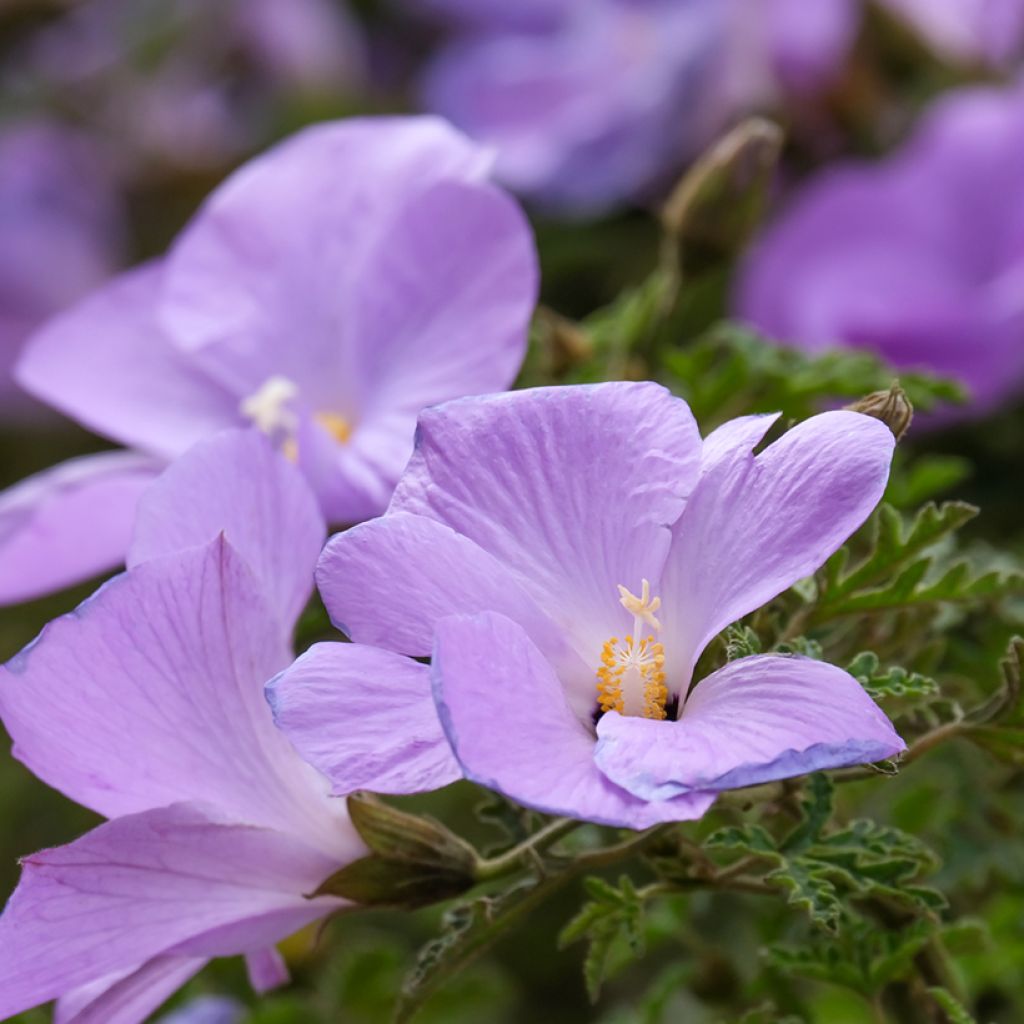

Alyogyne huegelii
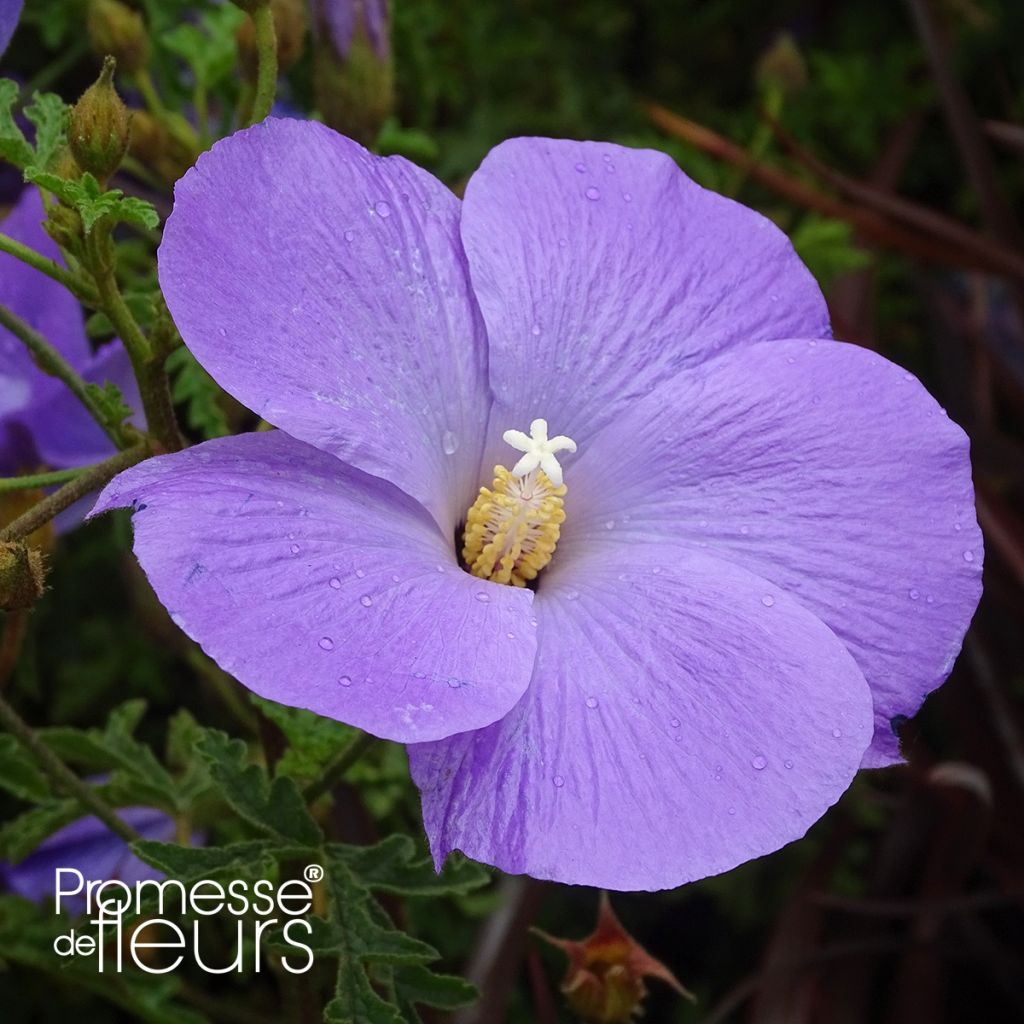

Alyogyne huegelii
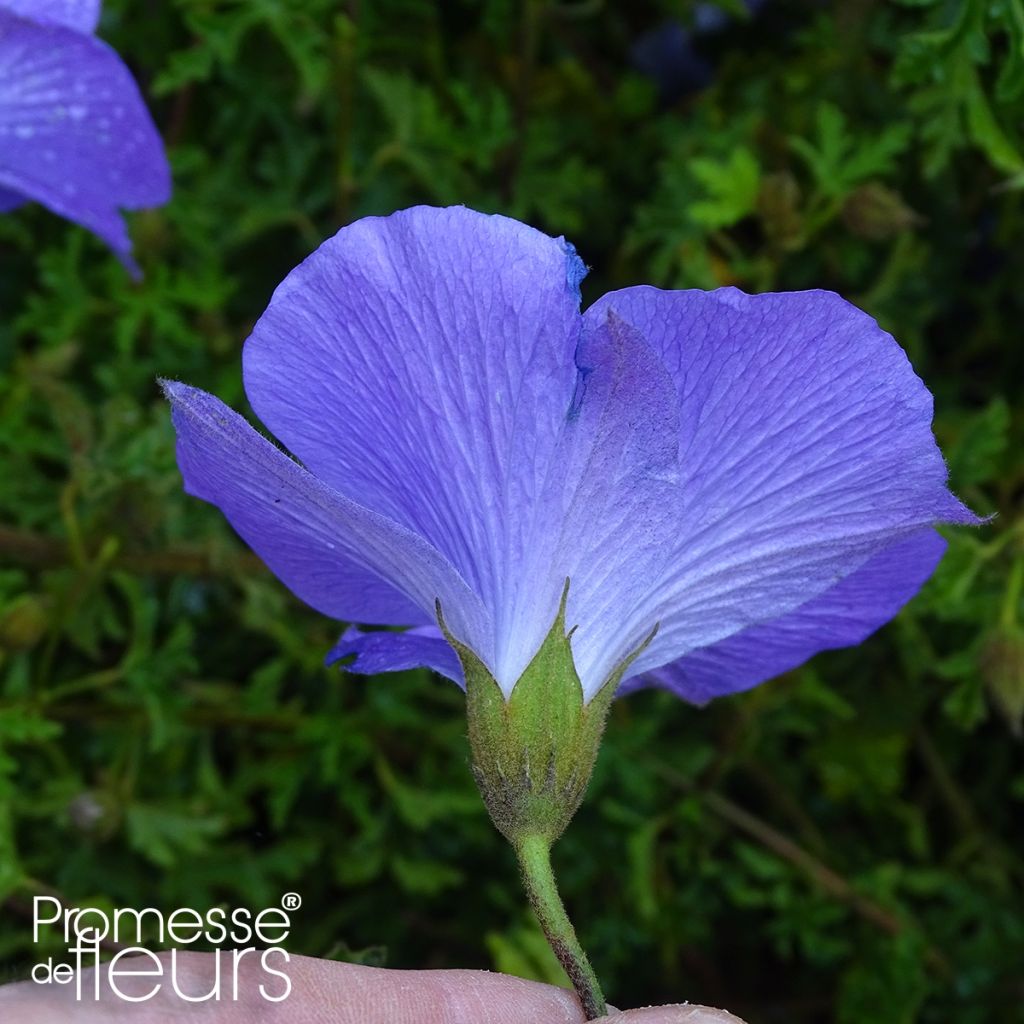

Alyogyne huegelii
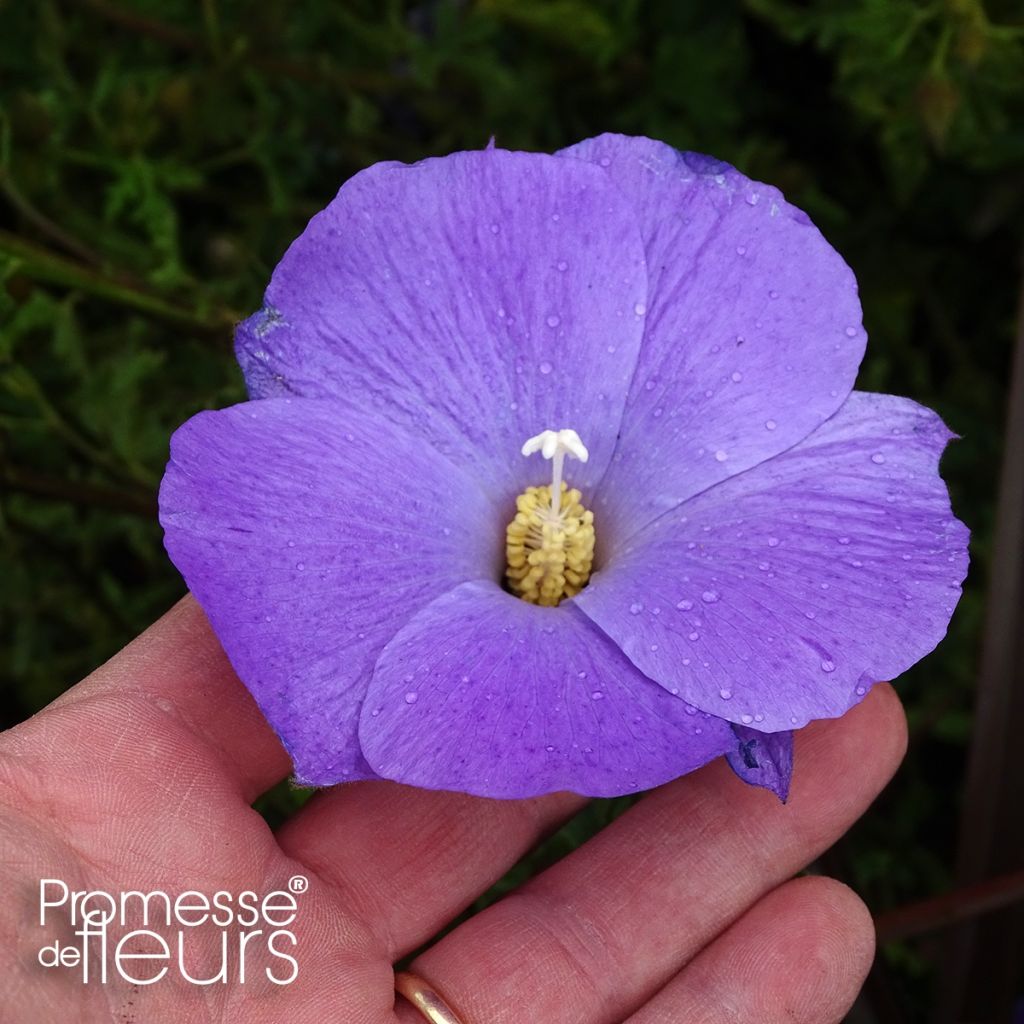

Alyogyne huegelii
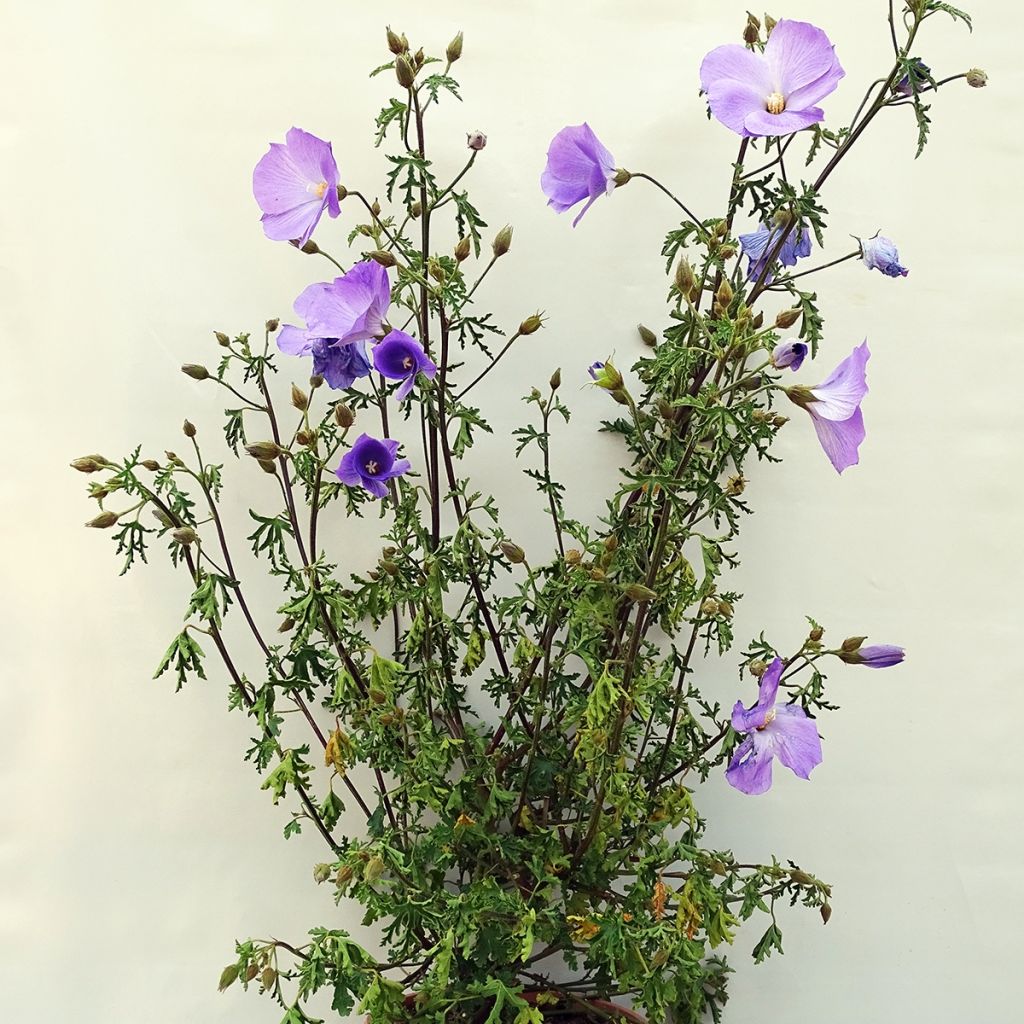

Alyogyne huegelii
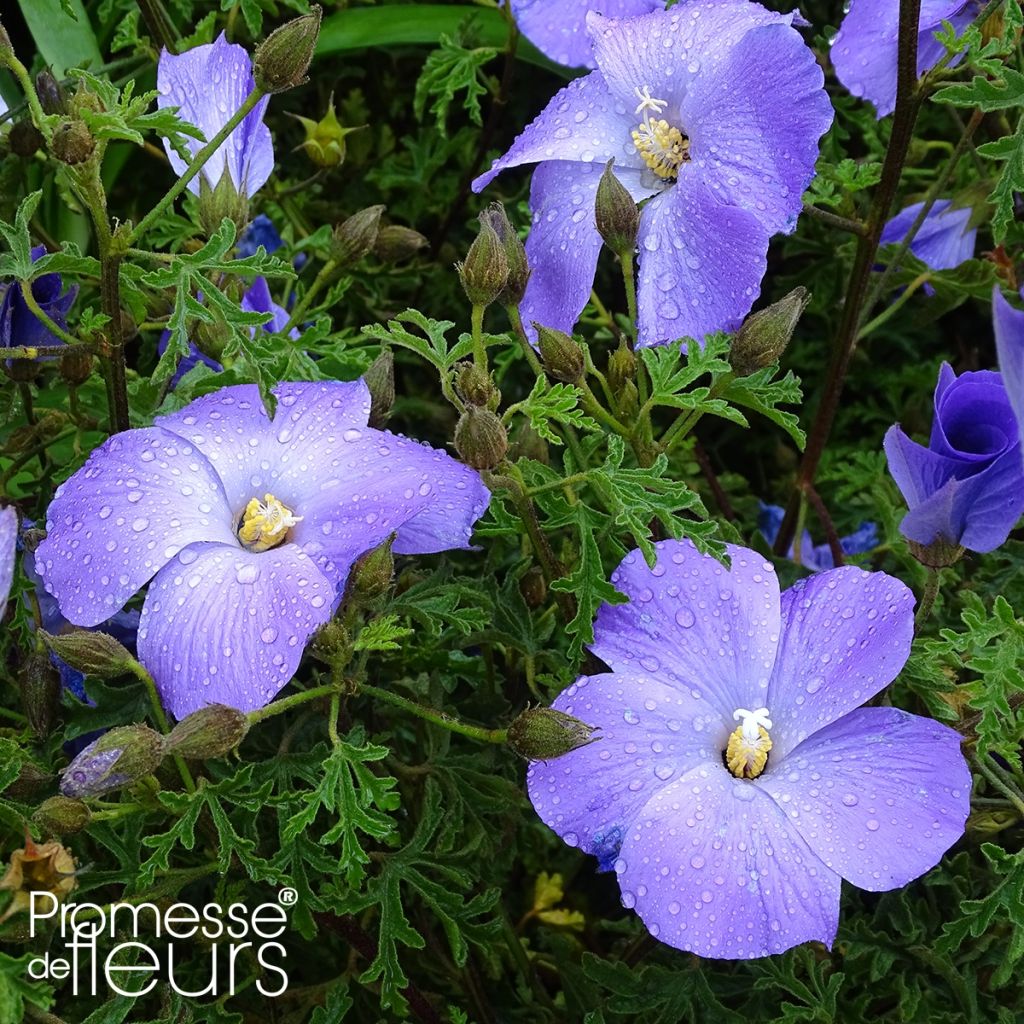

Alyogyne huegelii
Alyogyne huegelii
Alyogyne huegelii
Lilac Hibiscus, Blue Hibiscus
Magnificent plant, larger than I expected. Very satisfied.
Elisabeth, 02/06/2023
Special offer!
Receive a €20 voucher for any order over €90 (excluding delivery costs, credit notes, and plastic-free options)!
1- Add your favorite plants to your cart.
2- Once you have reached €90, confirm your order (you can even choose the delivery date!).
3- As soon as your order is shipped, you will receive an email containing your voucher code, valid for 3 months (90 days).
Your voucher is unique and can only be used once, for any order with a minimum value of €20, excluding delivery costs.
Can be combined with other current offers, non-divisible and non-refundable.
Why not try an alternative variety in stock?
View all →This plant carries a 12 months recovery warranty
More information
We guarantee the quality of our plants for a full growing cycle, and will replace at our expense any plant that fails to recover under normal climatic and planting conditions.

Would this plant suit my garden?
Set up your Plantfit profile →
Description
Alyogyne huegelii is also known as the Australian Blue Hibiscus due to its origins, its relationship with hibiscus, and the bluish reflection that paints its delicate mauve flowers. Quickly forming a beautiful bushy shrub, this plant is recognisable by its crisped and rough foliage reminiscent of certain scented geraniums. Its flowering is endless, extending from late spring to the end of summer. Originally from arid regions of Australia, it is a good plant for dry Mediterranean gardens, resistant to water scarcity once established, but sensitive to heavy frost in wet soil. Gardeners in more continental climates should cultivate this delightful plant in pots on the terrace or balcony, to be stored away in winter.
Alyogyne huegelii, formerly known as Hibiscus huegelii, belongs to the family Malvaceae, just like shrubby mallow and hollyhocks. It is native to the west and south of Australia, regions that are almost arid, even hotter and drier than Europe's Mediterranean region. It can be found growing on the coast, often in sandy soils. Quite accommodating, the blue hibiscus tolerates clay, limestone, granite, but absolutely requires a well-draining soil where water does not stagnate, both in winter and summer. It is capable of withstanding short frosts of about -8°C (17.6 °F) if the soil is dry in winter. In slightly wetter soil, it will perish at -5 or -6°C. Its growth habit is bushy and its foliage will persist more or less depending on the severity of the winter. In nature, this Hügel's alyogyne can exceed 3.50m (12 ft) in all directions.
Growing very rapidly, this bush reaches a height of about 1.50m (5 ft) in just a few months, with an almost equivalent spread in open ground. In a pot it will remain slightly smaller, about 1m to 1.20m (3 to 4 ft) in all directions. Flowering takes place from May-June to September, often as early as April in warmer regions. Each flower, about 12cm (4.5 in) wide, is composed of 5 light mauve petals that slightly overlap, arranged in cups that never fully open. The center of the corolla, dark purple in colour, is occupied by numerous short stamens with yellow anthers, surrounding 5 longer and partially fused styles. Like all plants in the Malvaceae family, the flowers do not live more than a day or two, but are produced continuously for nearly 4 months. Insect-pollinated flowers give way to fruits in 5-lobed capsules containing seeds. The abundant foliage consists of leaves 5 to 7cm (2 - 3 in) long, thick, downy, and rough, divided into 3 to 5 irregular lobes, with a crisp appearance and bright green colour. To maintain a compact shape, we recommend pruning it in March, but also lightly during the season. This Alyogyne is a short-lived plant, lasting about 8 years.
Alyogyne is primarily a plant for dry soil that should thrive in Mediterranean gardens, which are dry in summer but often in winter as well. To preserve it, it must be sheltered from cold winds, on a slightly arid slope, in a large rock garden, or in a raised bed enriched with gravel, and its base must be protected from water in winter with a thick mulch. These conditions are also suitable for cistus, rosemary, Westringia, Sphaeralcea (ambigua, Childerley), Melaleuca nesophila, and other large lavenders (Lavandula (x) allardii, L. (x) Devantville), with which this blue hibiscus will create superb combinations. Cultivating it in a large pot presents no difficulties and allows the plant to be sheltered in winter in a bright, unheated room, with greatly reduced watering.
Report an error about the product description
Alyogyne huegelii in pictures
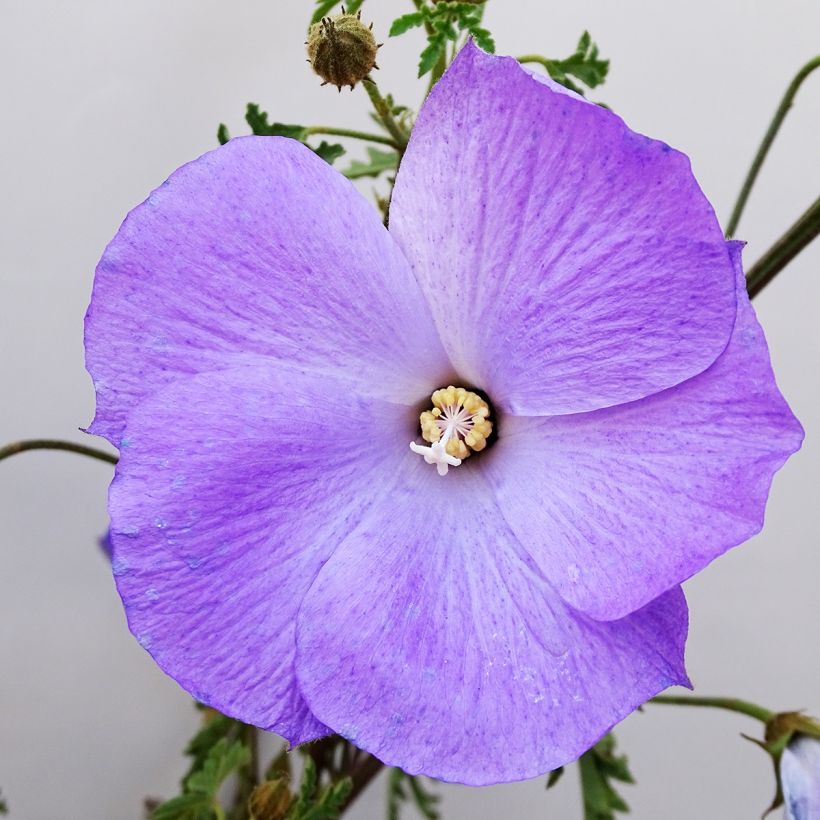

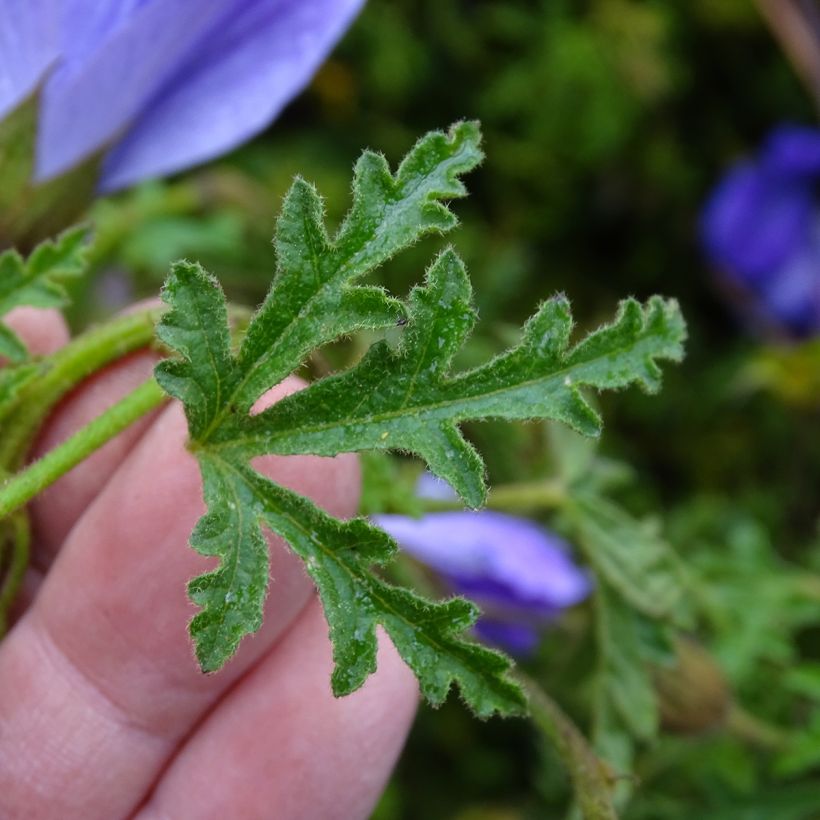

Flowering
Foliage
Plant habit
Botanical data
Alyogyne
huegelii
Malvaceae
Lilac Hibiscus, Blue Hibiscus
Australia
Other Alyogyne
View all →Planting and care
Alyogyne huegelii is a plant that thrives in hot and almost arid climates, and once established it can tolerate summer drought. It also tolerates salt spray and is well-suited for coastal gardens, especially Mediterranean ones. This bush does not like wet soil in winter, as it significantly reduces its hardiness: in a very dry soil in winter, it can withstand short freezes of around -8°C (17.6 °F). In a slightly more moist soil, it will perish below -5/-6°C (23 - 21.2 °F). Therefore, it is best to plant it in spring, in soil enriched with gravel, to allow it some time to establish and strengthen itself before winter. Choose a sunny and sheltered location to ensure good flowering and provide winter protection. Soil type is not important, whether slightly acidic, neutral, limestone, clayey, loamy, stony, or sandy - as long as it is well-drained. Place a thick layer of mulch around the base of the plant as winter approaches, over dry soil to isolate it from moisture, and protect your young blue hibiscus with a winter fleece for the first two winters in case of severe frost. It is capable of regrowing from the base if the vegetation has been destroyed by the cold. Once well-established, Alyogyne huegelii does not require any watering in summer, even in the driest regions. However generous but spaced-out watering contributes to supporting summer flowering. Prune at the start of vegetation if necessary, as well as during the growing season to promote good branching of the plant. Fertiliser is not necessary as it thrives in rather poor and leached soils.
Cultivation in pots: choose a pot of at least 20 litres, with drainage holes. Place a layer of gravel or broken pieces of terracotta pots in the bottom of the pot to enhance drainage. Prepare a mixture of garden soil and potting soil, adding some gravel. Regularly water your plant to support flowering, but avoid excessive watering. Like many Australian plants, Alyogyne huegelii seems to dislike soils rich in phosphorus: use a low-phosphorus fertilizer (N,P,K), preferably mineral rather than organic.
Planting period
Intended location
Care
Planting & care advice
-
, onOrder confirmed
Reply from on Promesse de fleurs
Similar products
Haven't found what you were looking for?
Hardiness is the lowest winter temperature a plant can endure without suffering serious damage or even dying. However, hardiness is affected by location (a sheltered area, such as a patio), protection (winter cover) and soil type (hardiness is improved by well-drained soil).

Photo Sharing Terms & Conditions
In order to encourage gardeners to interact and share their experiences, Promesse de fleurs offers various media enabling content to be uploaded onto its Site - in particular via the ‘Photo sharing’ module.
The User agrees to refrain from:
- Posting any content that is illegal, prejudicial, insulting, racist, inciteful to hatred, revisionist, contrary to public decency, that infringes on privacy or on the privacy rights of third parties, in particular the publicity rights of persons and goods, intellectual property rights, or the right to privacy.
- Submitting content on behalf of a third party;
- Impersonate the identity of a third party and/or publish any personal information about a third party;
In general, the User undertakes to refrain from any unethical behaviour.
All Content (in particular text, comments, files, images, photos, videos, creative works, etc.), which may be subject to property or intellectual property rights, image or other private rights, shall remain the property of the User, subject to the limited rights granted by the terms of the licence granted by Promesse de fleurs as stated below. Users are at liberty to publish or not to publish such Content on the Site, notably via the ‘Photo Sharing’ facility, and accept that this Content shall be made public and freely accessible, notably on the Internet.
Users further acknowledge, undertake to have ,and guarantee that they hold all necessary rights and permissions to publish such material on the Site, in particular with regard to the legislation in force pertaining to any privacy, property, intellectual property, image, or contractual rights, or rights of any other nature. By publishing such Content on the Site, Users acknowledge accepting full liability as publishers of the Content within the meaning of the law, and grant Promesse de fleurs, free of charge, an inclusive, worldwide licence for the said Content for the entire duration of its publication, including all reproduction, representation, up/downloading, displaying, performing, transmission, and storage rights.
Users also grant permission for their name to be linked to the Content and accept that this link may not always be made available.
By engaging in posting material, Users consent to their Content becoming automatically accessible on the Internet, in particular on other sites and/or blogs and/or web pages of the Promesse de fleurs site, including in particular social pages and the Promesse de fleurs catalogue.
Users may secure the removal of entrusted content free of charge by issuing a simple request via our contact form.
The flowering period indicated on our website applies to countries and regions located in USDA zone 8 (France, the United Kingdom, Ireland, the Netherlands, etc.)
It will vary according to where you live:
- In zones 9 to 10 (Italy, Spain, Greece, etc.), flowering will occur about 2 to 4 weeks earlier.
- In zones 6 to 7 (Germany, Poland, Slovenia, and lower mountainous regions), flowering will be delayed by 2 to 3 weeks.
- In zone 5 (Central Europe, Scandinavia), blooming will be delayed by 3 to 5 weeks.
In temperate climates, pruning of spring-flowering shrubs (forsythia, spireas, etc.) should be done just after flowering.
Pruning of summer-flowering shrubs (Indian Lilac, Perovskia, etc.) can be done in winter or spring.
In cold regions as well as with frost-sensitive plants, avoid pruning too early when severe frosts may still occur.
The planting period indicated on our website applies to countries and regions located in USDA zone 8 (France, United Kingdom, Ireland, Netherlands).
It will vary according to where you live:
- In Mediterranean zones (Marseille, Madrid, Milan, etc.), autumn and winter are the best planting periods.
- In continental zones (Strasbourg, Munich, Vienna, etc.), delay planting by 2 to 3 weeks in spring and bring it forward by 2 to 4 weeks in autumn.
- In mountainous regions (the Alps, Pyrenees, Carpathians, etc.), it is best to plant in late spring (May-June) or late summer (August-September).
The harvesting period indicated on our website applies to countries and regions in USDA zone 8 (France, England, Ireland, the Netherlands).
In colder areas (Scandinavia, Poland, Austria...) fruit and vegetable harvests are likely to be delayed by 3-4 weeks.
In warmer areas (Italy, Spain, Greece, etc.), harvesting will probably take place earlier, depending on weather conditions.
The sowing periods indicated on our website apply to countries and regions within USDA Zone 8 (France, UK, Ireland, Netherlands).
In colder areas (Scandinavia, Poland, Austria...), delay any outdoor sowing by 3-4 weeks, or sow under glass.
In warmer climes (Italy, Spain, Greece, etc.), bring outdoor sowing forward by a few weeks.






























